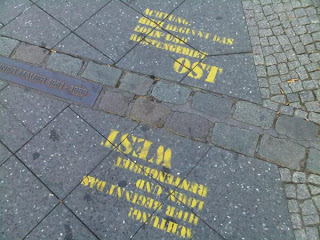The first in a series
It started about a year ago and ended 8 months later.
It started about a year ago and ended 8 months later.
She
got to know him online via Twitter. They connected over war and conflict, a
topic of mutual interest.
It later seemed somewhat like a premonition.
She said she’d like to meet him and he
started DMing her in an overtly seductive manner.
She responded, thinking he was genuinely interested in her.
He told her he had an online girlfriend he’d never met
in person. He said he wasn’t interested in having a girlfriend in real life.
A contradiction, it’s true.
Sometime later he told her he had split up with his
online girlfriend. Things seemed to be swinging in her favour.
Eventually, they
met in person and they had an intimate sexual encounter.
Afterwards, he said he would call her, but he never
did.
She hadn’t thought to ask if he was interested in
having a regular friendship because she thought they were friends.
Wrong.
She
was very sad. She felt exploited.
Alone.
She caught up with him on Twitter a few days later and he
said he’d been sleeping, that he’d enjoyed the experience they’d had together.
He had changed.
Things got complicated in the Twitter world. He
refused to speak to her on the telephone. She didn’t have his number so she was
powerless.
She then discovered that he was treating other women the same way on
Twitter.
Sadness turned to fear and anger. She felt isolated, vulnerable.
Trapped by 140, by the world wide web.
She had no one to talk to.
She looked for help online.
She needed help. She called a bullying hotline for parents and children.
They
told her to call the police. She did.
The police officer was kind. Helpful. She
felt better.
The officer said all she could do was to warn others.
She did. He found out.
Afterwards, he
told her he would never speak to her again.
He hasn’t.
Heroes.














